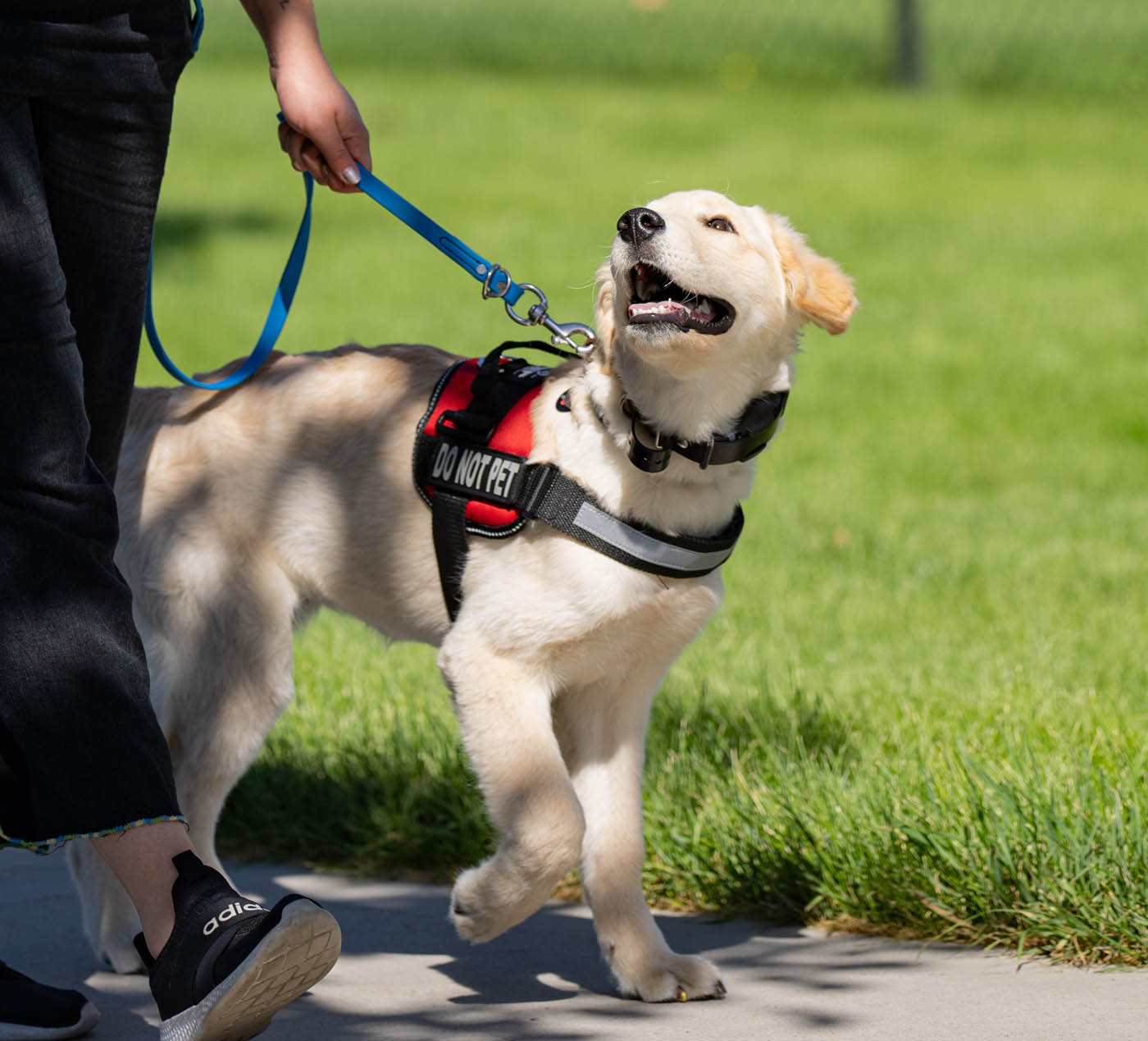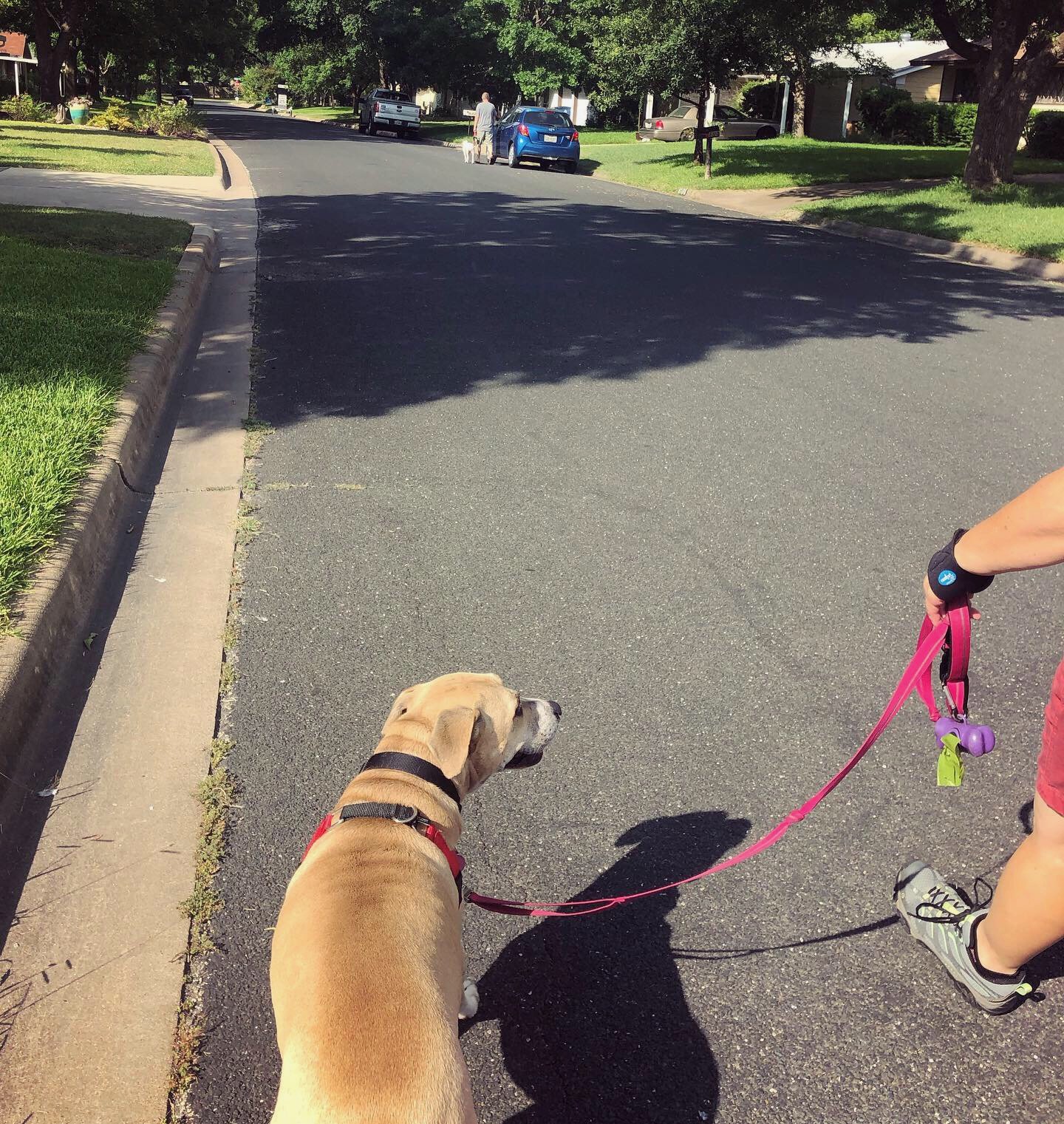Why Dog Training Near Me is Crucial for Your Canine Buddy
Why Dog Training Near Me is Crucial for Your Canine Buddy
Blog Article
The Ultimate Overview to Canine Training: Building a Delighted, Loyal Pet
Effective dog training is a multifaceted process that hinges on a deep understanding of canine actions and the application of tested methods. By welcoming positive reinforcement and consistent command use, pet dog proprietors can cultivate not only obedience but also a strong, relying on relationship with their pet dogs. However, the trip does not end with fundamental commands; dealing with behavior issues and developing a supporting training atmosphere are equally important parts. As we check out these elements, it comes to be obvious that the path to a content and well-behaved canine friend might hold more complexities than one may at first think.

Understanding Canine Actions
Just how does a dog's habits mirror its emotional and psychological state? A pet dog's activities can serve as a home window into its feelings, needs, and total mental health.
Body language additionally plays an important role in recognizing canine habits. A relaxed stance and open mouth signal convenience, whereas stressful muscular tissues and pinned ears might suggest stress and anxiety or aggression. Observing these signals is vital for identifying the root causes of a canine's habits, whether it stems from exhilaration, frustration, or fear.
Furthermore, a canine's interaction with its atmosphere and various other animals can supply understanding into its mood. As an example, a canine that involves happily with other pets is most likely sensation safe and social, while one that shows evasion or aggression might be experiencing stress and anxiety or insecurity. Recognizing these behavior hints is vital for fostering a strong relationship in between the pet and the proprietor, eventually adding to the dog's psychological health and well-being.
Necessary Educating Techniques
Efficient canine training techniques are important for promoting preferable actions and reinforcing the bond in between a pet and its proprietor. Making use of positive reinforcement is just one of the most efficient approaches, where rewards such as treats, praise, or playtime are offered to strengthen desired actions (Dog training). This motivates the pet dog to repeat those behaviors, producing a favorable knowing environment
Uniformity is an additional essential aspect in pet dog training. Commands should be uniform and clear, and all relative need to use the very same policies to avoid confusing the dog. Timing is equally important; incentives need to be given instantly after the preferred habits to develop a clear connection in between the incentive and the activity.
Additionally, brief and appealing training sessions are reliable, as canines have differing focus periods. Go for sessions of 5 to 15 mins, depending on the canine's age and energy level. Integrating play into training can likewise boost inspiration and satisfaction for both the pet dog and the proprietor.
Finally, patience is vital. Pet dogs find out at their very own speed, and maintaining a calm behavior will assist alleviate stress, ensuring a favorable training experience. These crucial techniques lay the foundation for successful pet training and an unified connection.
Standard Commands to Educate

When check my site educating these commands,Consistency and favorable support are key. Usage treats, appreciation, and playtime to compensate your pet dog's successes. Short, regular training sessions are a lot more reliable than long, occasional ones. By instilling these fundamental commands, proprietors equip their pet dogs with the skills required for a well-behaved and unified connection.
Resolving Typical Behavioral Problems
Comprehending and dealing with common behavioral problems in canines is essential for fostering a harmonious relationship between family pets and their owners. Numerous canines exhibit behaviors such as extreme barking, eating, or aggressiveness, which can come from anxiety, boredom, or lack of correct training. Recognizing the origin of these behaviors is the primary step towards reliable treatment.
For example, too much barking might indicate a demand for focus or an action to ecological stimuli. In such cases, owners need to examine the canine's atmosphere and offer appropriate psychological stimulation, such as interactive playthings or regular workout. Eating can typically be handled by redirecting the habits to suitable chew items and ensuring that the pet dog has adequate physical activity to decrease dullness.
Aggressive actions calls for mindful handling and may require professional training assistance. It's essential to recognize that penalty can aggravate anxiousness and aggressiveness, leading to a cycle of behavior concerns. Rather, focus on positive reinforcement strategies to reward desirable habits and enhance a sense of safety and security.
Building a Favorable Training Atmosphere
Creating a favorable training setting is fundamental for enhancing preferable actions in canines and mitigating behavior problems. This atmosphere needs to be characterized by uniformity, motivation, and a clear understanding of the training objectives. By establishing a regular, dogs discover what is expected of them, which helps minimize anxiousness and complication.
Utilizing favorable support techniques, such as treats, appreciation, and play, promotes a complacency and motivation in the canine. Rewarding good actions quickly and constantly strengthens the desired activities, making the training procedure much more efficient - dog training charlotte. Additionally, fitness instructors ought to continue to be person and calm, as dogs are delicate to their trainers' feelings
The training area ought to be cost-free from diversions to guarantee the pet can concentrate on the tasks available. Take into consideration utilizing a peaceful room or a safe outdoor area. In addition, including play and socialization into training sessions promotes a well-rounded approach, boosting the pet's knowing experience.
Ultimately, a favorable training setting nurtures a solid bond in between the dog and handler, causing an obedient, satisfied pet dog. By prioritizing this environment, family pet proprietors can successfully resolve behavioral challenges and cultivate an effective training journey.
Conclusion
Efficient pet training relies on a thorough understanding of canine habits and the application of favorable support strategies. Embracing these concepts guarantees a satisfying Visit This Link training experience for both dogs and their proprietors.
Efficient canine training is a complex procedure that pivots on a deep understanding of canine behavior and the application of proven techniques. A pet dog that engages playfully with various other dogs is most likely feeling secure and social, while one that displays evasion or aggression might be experiencing stress and anxiety or insecurity.Efficient pet training techniques are necessary for fostering preferable actions and enhancing the bond i thought about this between a pet dog and its owner.Developing a positive training atmosphere is essential for reinforcing desirable actions in canines and minimizing behavior issues.Reliable dog training counts on a thorough understanding of canine behavior and the application of favorable reinforcement techniques.
Report this page